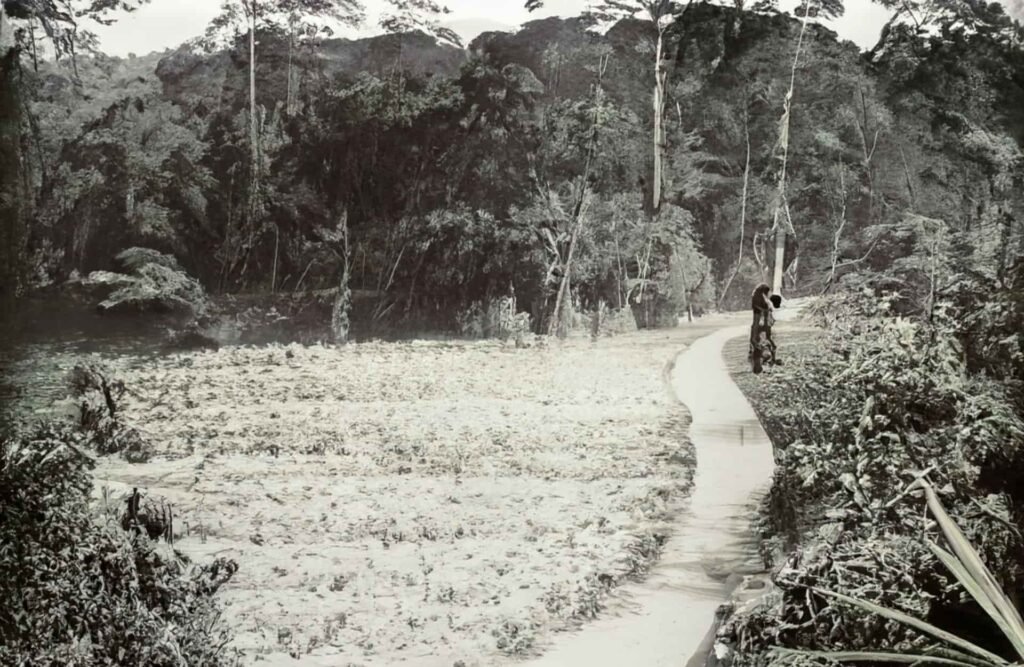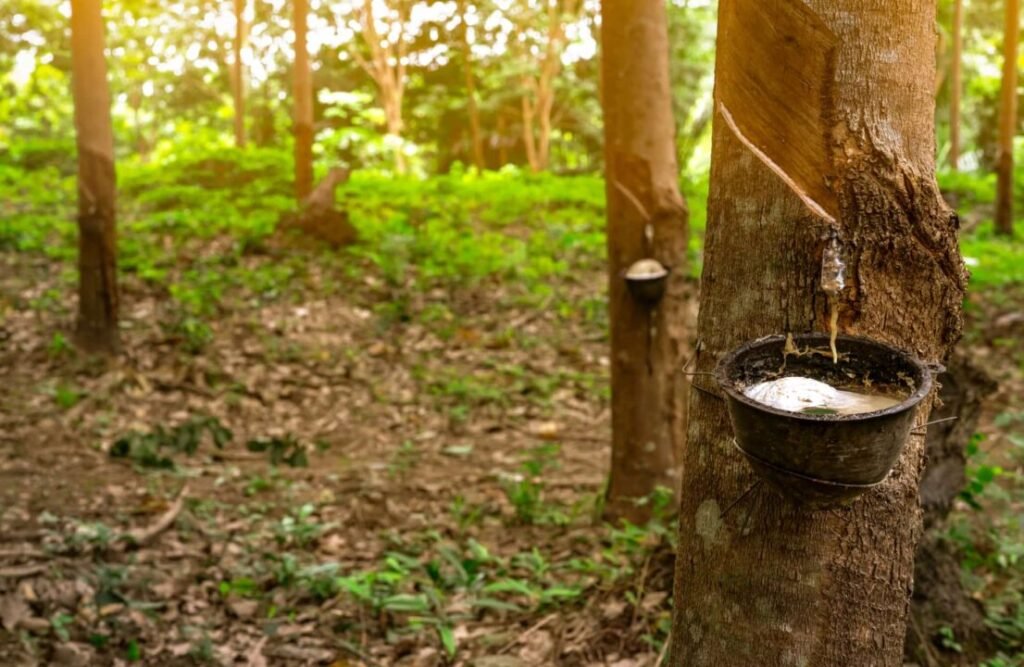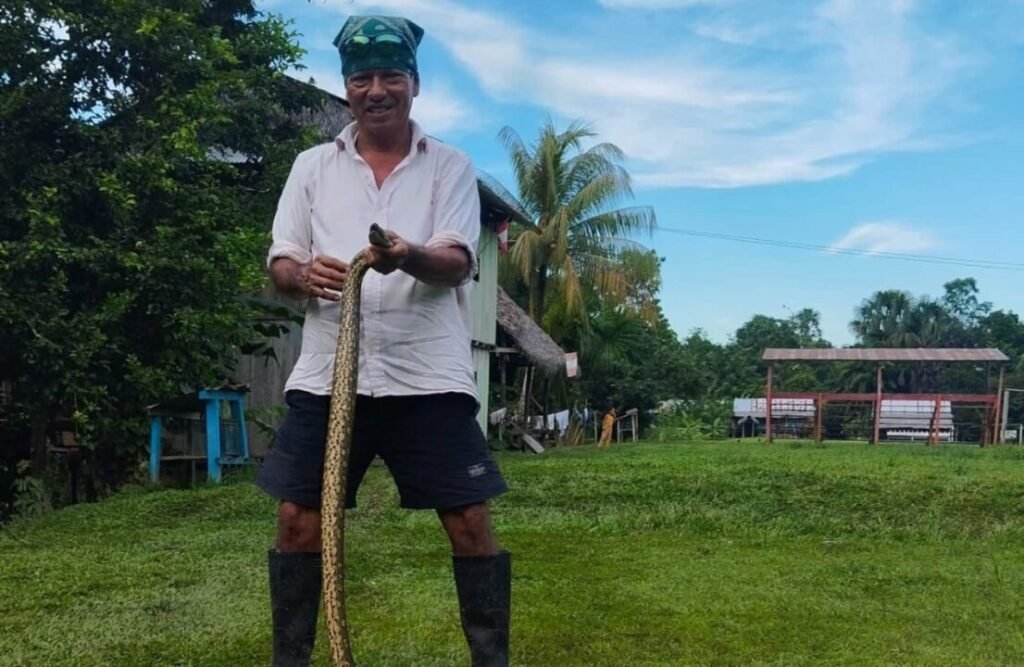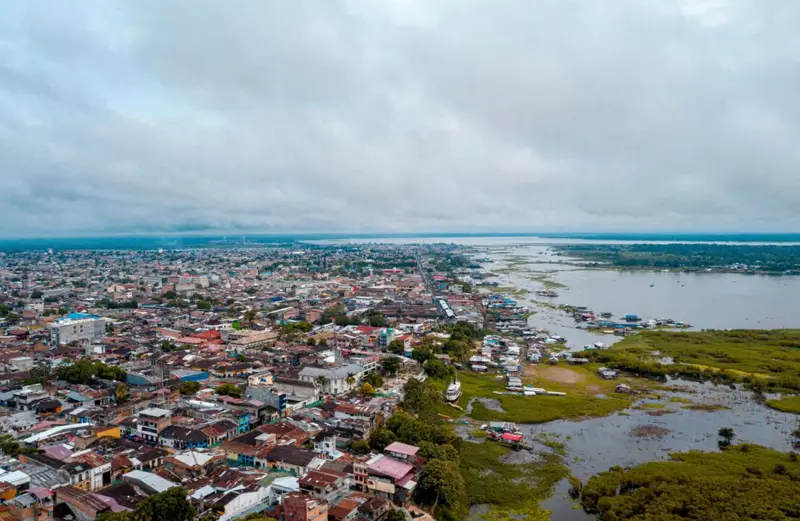Iquitos is a city with a complicated history, it went from being the richest city in Peru to a tiny town, how it happened?
The Humble Roots
Jesuit missionaries first planted roots in Iquitos in the 1750s with the stated aim of assisting the native populations.
The settlement expanded steadily from these humble beginnings until officials established the region of Loreto a century later.

The Rubber Boom
It all traces back to the rubber boom of the late 1800s. For 33 wild years, rubber extraction from jungle trees fueled Iquitos’ explosive growth. With the discovery of this lucrative natural resource, European colonizers descended, kicking off another wave of empire-building in Peru.
But as colonization so often does, the rubber boom brought immense suffering to indigenous populations in Iquitos and across the Amazon region of Brazil and Colombia.
Ruthless rubber barons enslaved natives, forcing them into brutal working conditions of long hours toiling in intense jungle heat. Countless indigenous lives were lost to overwork, abuse, torture and outright murder at the hands of these slave masters.

A British consul who witnessed the atrocities firsthand reported: “The crimes charged against many men now in the employ of the Peruvian Amazon Company are of the most atrocious kind, including murder, violation, and constant flogging.”
Author Wade Davies solemnly reflected: “The horrendous atrocities unleashed on the Indian people during the rubber boom’s peak were like nothing seen since the Spanish conquest’s earliest days.”
The reign of rubber terror ended when seeds were transported to British colonial plantations in easier-to-exploit lands like Malaysia. With cheaper production costs elsewhere, the slaving barons simply followed the money trail, abandoning Iquitos.
This legacy left Iquitos a shell of its former grandness history – an eerie jungle city adorned with crumbling art nouveau architectural gems. While some buildings like Casa Morey found new life through restoration, most languish in disrepair, relics of faded wealth. The once-grand Palace Hotel decays as a military post. The metal Iron House designed by Gustave Eiffel himself now houses corner stores.
Though poor today, Iquitos proudly holds tight to its rich history and culture of resilience in the face of exploitation’s ugliest chapters.
Boom Goes Bust
However, the rubber rush was followed swiftly by a sobering bust. Enterprising Brits managed to smuggle out rubber tree seeds from the region and establish large-scale plantations in Malaysia. These new operations allowed for far more economical and competitive rubber production.
Almost overnight around 1912, the very profiteers who built up Iquitos were abandoning it just as rapidly. Many riverboats crucial for transport and trade were simply deserted, sold off for scrap, or destroyed outright as the exodus accelerated. Only a handful still exist today as reminders.
Amazingly, a couple of these steamboat relics endure in Iquitos itself. One can be found docked near the malecón across from Casa Morey. Now preserved as a museum, the beautifully restored Ayapua riverboat offers a fascinating glimpse into this era’s vital maritime history for modern generations.
The rapid descent from boom to bust left Iquitos a veritable jungle ghost town as the get-rich-quick crowd pulled up stakes just as abruptly as they arrived. In their wake, a city of faded architectural grandeur and indigenous populace picking up the pieces.
Modern-Day Iquitos
Iquitos has reinvented itself for a new era. Tourism plays a vital role in the city’s more diversified economy these days, as visitors flock annually to experience the Amazon’s natural wonders up close and generate much-needed income.
This jungle city truly stands out as a one-of-a-kind destination.
But perhaps Iquitos’ greatest assets are its friendly people – among the most welcoming you’ll encounter across all South America.

Peru Jungle Trips invites you to amaze yourself with this natural gem and it’s history, Iquitos awaits for all the adventurers that may want to bring back the past.
Reach out to us for more information!

